Description
BCT’s coffee special includes three of our best dark roast coffees. Featuring our:
Mexican Southern Production – BCT Select Washed
This coffee is cultivated by smallholder farmers at altitudes ranging from 1,000 to 1,800 meters above sea level. Unlike many regions that have transitioned almost exclusively to disease-resistant modern hybrids, this lot maintains a genetic base largely comprised of traditional varieties such as Bourbon, Typica, and Mundo Novo. While these older varieties are generally lower-yielding and more susceptible to leaf rust, they are preserved in these high-altitude zones because they offer a superior cup quality compared to heartier hybrids. Much of this production comes from the buffer zones surrounding the El Triunfo Biosphere Reserve, where shade-grown coffee managed by local cooperatives has become essential for environmental conservation and economic stability following the dissolution of state-run support systems in previous decades.
Tasting Notes This coffee serves as a fantastic daily drinker, particularly shining at medium to dark roast levels where it produces a very chocolaty cup with a fuller body and low acidity. While light to medium roasts offer a crisp and sweet experience with hints of citric balance, nutty undertones, and a pinch of herbal spice, we found the cup truly excels when taken darker. At these medium to dark levels, the profile becomes creamy and dominated by semi-sweet chocolate and nutty tones, with a complimentary roasty note emerging as you approach the second crack. If roasted lighter, a longer setup time can transform the inherent woody edge into a tasty caramel twist, though the cup is generally less distinctive than its darker counterparts. It is wonderful for classic espresso or for those who add a splash of milk or creamer.
Roasting Notes These beans are super fresh and tend to take just a pinch longer to roast than average, producing medium to low chaff levels. Because this is an aggregate lot from various smallholders, the roast color may not be perfectly even; however, shooting for a medium to dark roast keeps the process very easy and masks these visual variances. While the coffee is clean enough for lighter roasting, it requires specific attention: drop temperatures and enter first crack slowly to help even out the roast, ensuring you push just past first crack to avoid grassy tones. Ultimately, this bean will appeal most to medium and dark roast fans, as the chocolate factors are significantly accentuated at these levels, whereas lighter roasts though clean may lack the distinctiveness found in the darker profiles.
Indonesian Premium Sumatra Gr.1 – Kerinci – Wet-hulled
A gem of a screen for a wet-hulled coffee. Kerinci Sumatra’s are much cleaner and less earthy than most Gr. 1 traditional Sumatra. Still fuller bodied and darker toned, they will give much cleaner (less earthy, peaty, muddy) chocolaty undertones, hints of acidity and soft fruit and medium roast levels. Given that coffee is not about looks, this cup also has a taste to follow, inner and outer beauty one would say. Normally the wet-hulled Sumatra beans are the ugly duckling of the coffee world.
The aggregate production method along with the classic Indonesian wet hulling process often leaves the beans split. Due to the beans being kept moist for longer, the color of the end product makes it much harder to mechanically sort out defects. So if you’re used to ugly duckling Sumatra’s, just looking at these beans will let you know the quality and time that went into this offering.
Wet hulled coffee is known for its lower acidity, bigger body cups with a complex and spicy earthy chocolaty factor that has become the terroir of Indonesian coffee.
Tasting Notes: A very cool cup! Best medium to dark roasted but will hold lighter roasts much better than most Sumatra coffees. Lighter roasts have a little cool lemony acidity upfront, with some soft fruit tones giving it some jazz, balanced with a dry earthy chocolaty herbal factor with some incense like spice. As you push into the medium roasts, it will get fuller bodied with a creamy mouthfeel cutting out the more lemony floral tones, turns the cup much more chocolaty and gives depth to the exotic spice notes. Darker roasts will turn more stout like and semi-sweet. When roasting into 2nd crack one will add some cool roasty and smoky tones into the more bakers chocolaty cup profile.
Roasting Notes: Easy to roast for a Sumatra coffee being such a gem. Roasts much more uniform than most other wet-hulled coffee. Low in chaff and tasty from light to dark. Light roasts for those who enjoy more acidity in the cup, for everyone else, a nice medium to dark roast will let these beans shine.
Indian Monsooned Malabar
The Indian Monsooned Malabar is a very unique and exotic coffee; usually people have a love/hate relationship with this bean but it is one of our top sellers year in and year out.
Monsoon Malabar coffee is prepared from Arabica cherries (“cherry” refers to dry-processed coffees in India). After grading, the coffee is transported to the coastal city of Mangalore where the “monsooning” is carried out in large openwalled warehouses.
During the rainy months of June through August, the coffee is spread inside the warehouses with very good aeration and ventilation at a particular thickness so that the coffee slowly absorbs moisture. After it absorbs sufficient moisture and bloats in size, it has to be periodically bulked and bagged and stacked so as to ensure proper and uniform “monsooning.” This process has to be carried out many times during the months of the monsoon.
After September, when the rains subside and the temperatures are higher, the ghostly white and swollen beans are sent through the final grading (gravity tables and hand-sorting) in order to obtain the Malabar export quality. The farmers not only produce coffee, they also grow pepper, cardamom, and oranges. Most of the farms are 80 to 100 years old and belong to third generation growers.
Tasting Notes:The Indian Monsooned Malabar is a very low acidity, thick and creamy, overly earthy style cup of coffee. There is a lot of sweet tones in this cup depending on the roast and one can taste a little hint of the natural processing soft fruit tones and classic Indian spice notes. A pretty wild cup for you stronger coffee fans or espresso heads.
Roasting Notes:Usually used for espresso at the darker roast points but many of our customers enjoy the single origin drip brew or french press at a slightly lighter roast point.
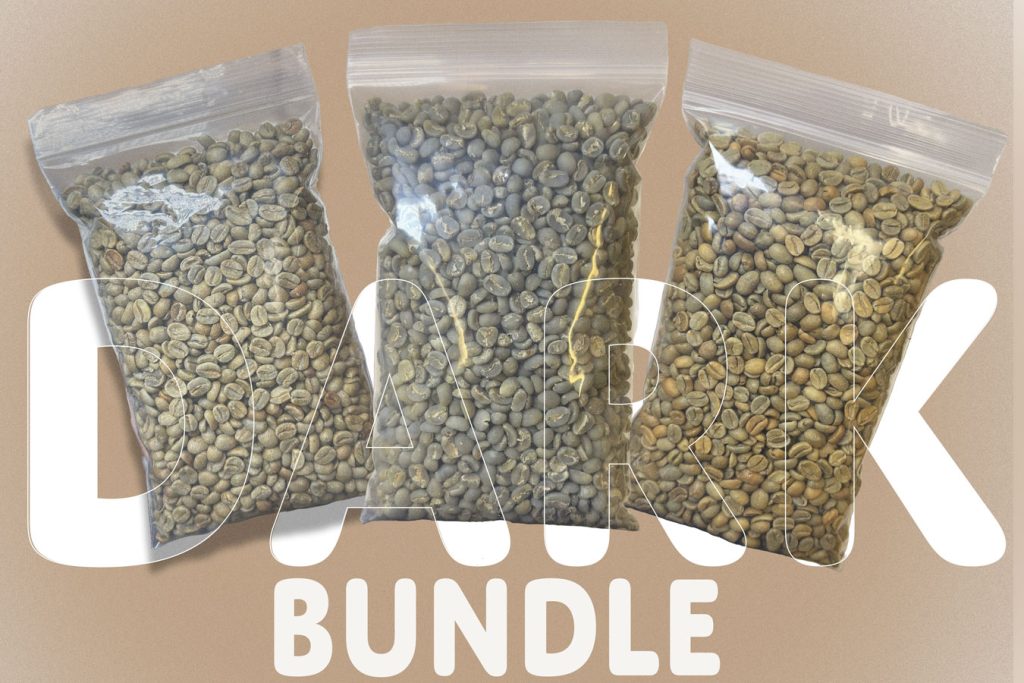

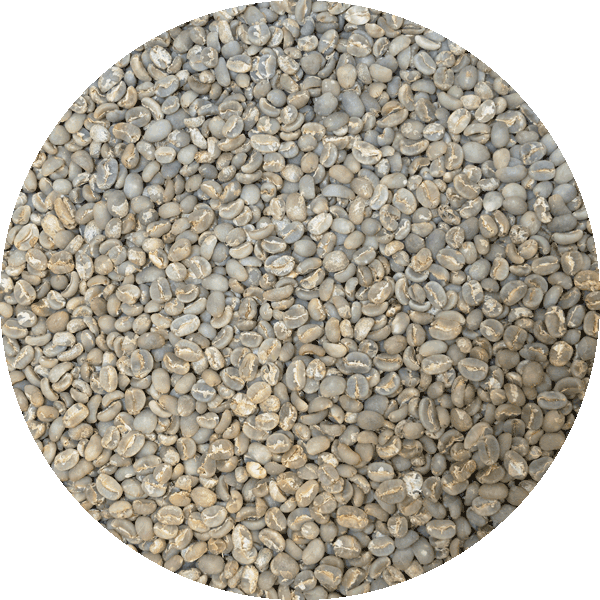
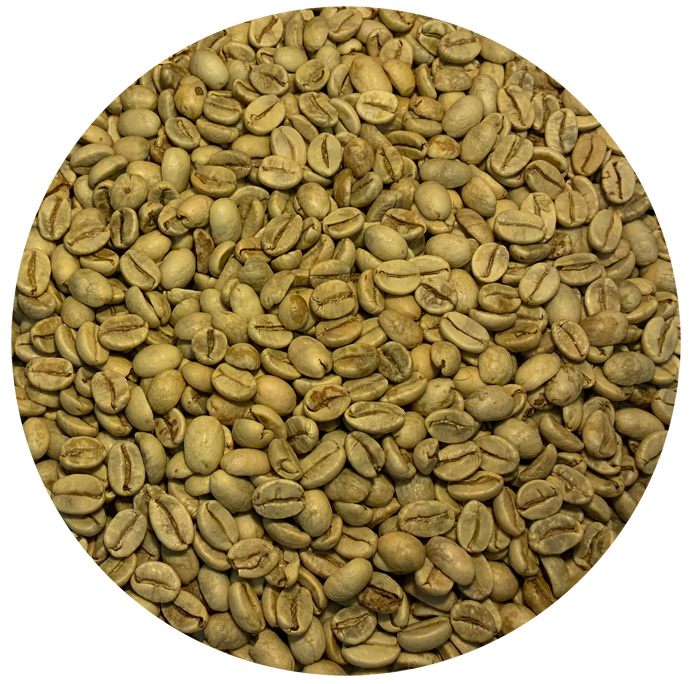
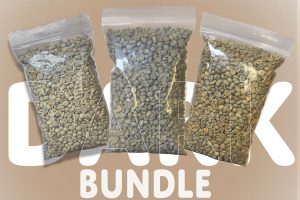
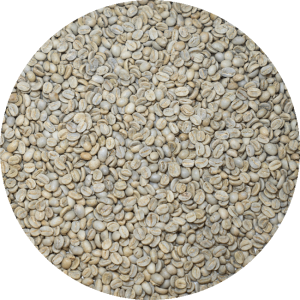
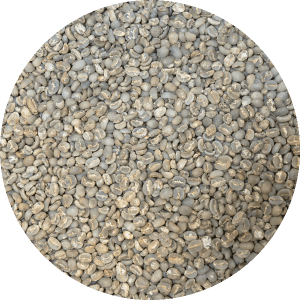
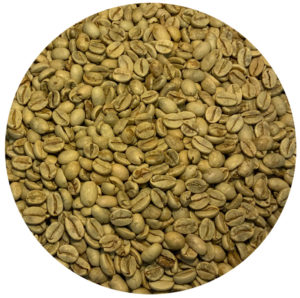
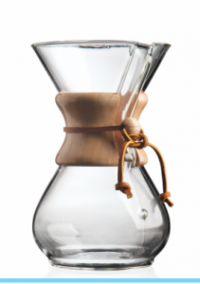
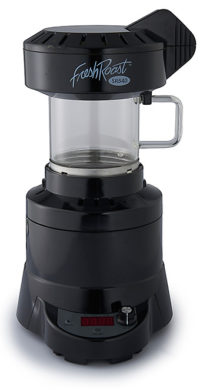
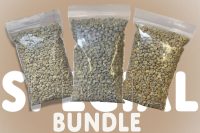
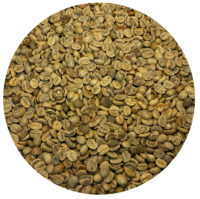

Reviews
There are no reviews yet.